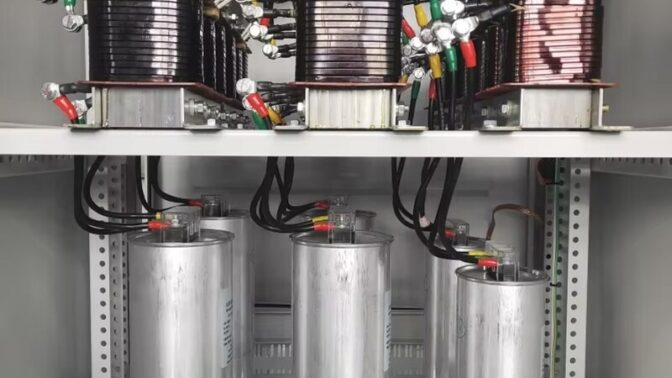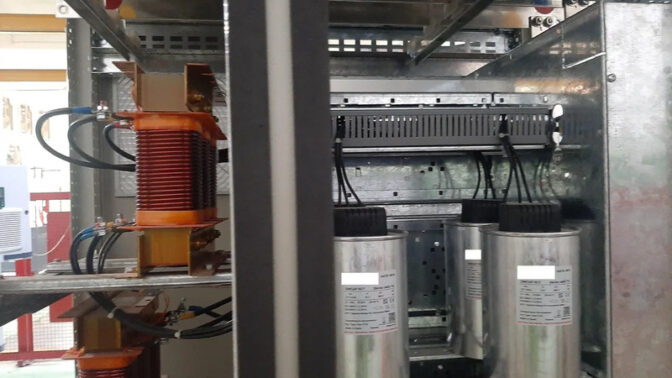01-08-2025
Parameters of Active Harmonic Filter
Active Harmonic Filter overview
Active Harmonic Filter (AHF) is a perfect all-round solution for grid power quality problems such as harmonics (can thoroughly filter out 2nd to 50th harmonic interference), reactive power, loss 3 phase load balancer.
Active harmonic filters are connected in parallel in the grid, to detect harmonics in the grid in real time, generate reverse phase compensation current through the converter, and automatically filter harmonics in the grid. The operation of AHF is not affected by the grid structure and type of load, and it will not create harmonic oscillation with the system, thus realizing perfect harmonic control of different loads.

The active harmonic filter can also perform dynamic response compensation and capacitor conversion control, to improve the power factor of the power grid. Meanwhile, AHF has the function of controlling 3-phase load current unbalance, thereby comprehensively solving power quality problems of the grid.
AHF Specification

AHF Features
■ Multifunctional: Harmonic, reactive power and imbalance compensation
■ High harmonic filtering rate: Up to 97%
■ Excellent imbalance correction: Both negative and zero sequence, mitigates neutral current
■ Low thermal loss (≤3% of rated AHF A)
■ High stability: Infinite impedance to grid, avoids harmonic resonance problems
■ Flexible application: Modular design, embedded in standard or customized cabinet
■ Easy installation and maintenance: Plug-in installation for AHF module replacement and expansion
■ Wide capacity range: 30A~900A for a single cabinet, up 7 cabinets in parallel
■ Environmental adaptability: -10~50°C temperature, compatible with diesel generator
■ Complete protection: Grid Over/Under voltage, AHF over current, over temperature, and more.

Application Fields
■ Industrial installations with a set of non-linear loads representing more than 600kVA
■ Installations where voltage distortion must be reduced to avoid disturbing sensitive loads
■ Installations where current distortion must be reduced to avoid overloads
■ Installations requiring power-factor correction.



